All you need to know about Invisalign
Price, use
Correcting misaligned teeth without braces is now possible with Invisalign aligners. What does Invisalign treatment involve? How does it work and how much does it cost? All the answers.
How have Invisalign dental aligners changed the face of orthodontics?
Invisalign dental aligners have revolutionised modern orthodontics, representing one of the only alternatives to traditional braces. For an equivalent result, they offer undeniable advantages such as an almost invisible aesthetic appearance and real comfort throughout the treatment.
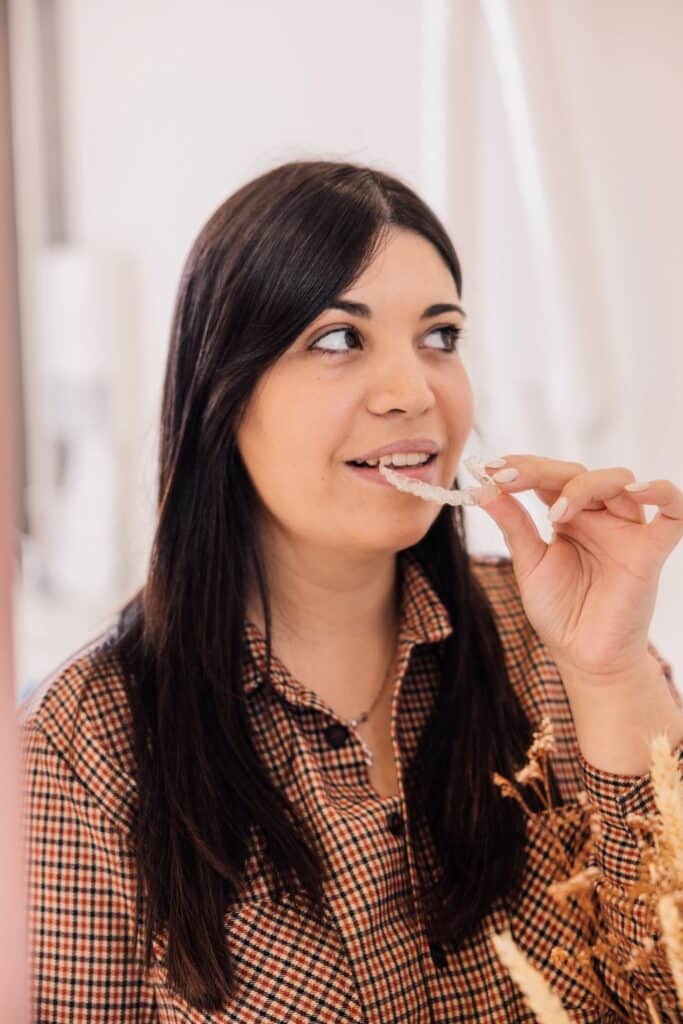
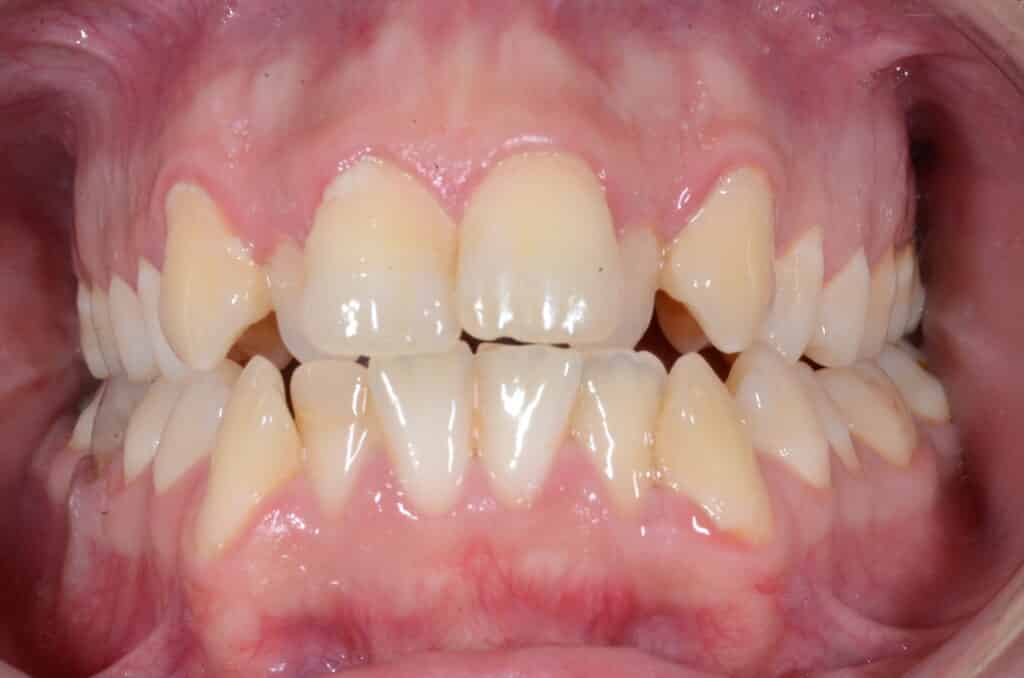
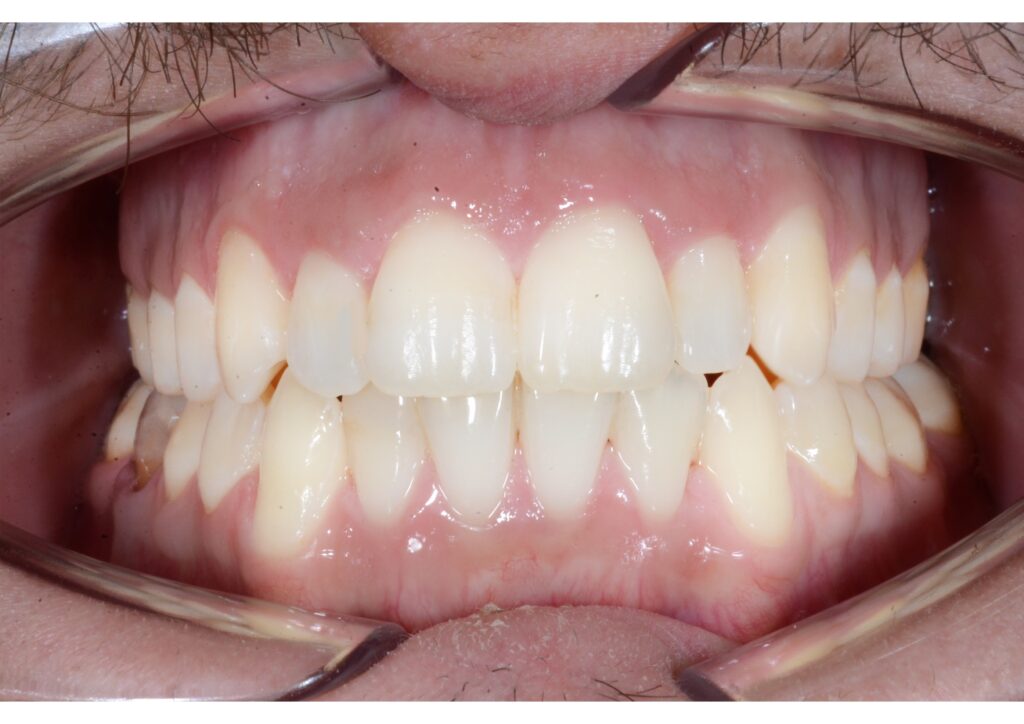
Visit our library of
RATES
Tooth alignment
The price of our orthodontic treatments includes all the steps involved in aligning your teeth, but that’s not all!
More specifically, it includes:
- The1st consultation with the orthodontist
- Photographic and radiological examinations
- The case study and digital planning
- Fitting the appliance
- All the various follow-up appointments throughout the treatment
- Compression (compression wire or compression splint), i.e. the retention element that enables the superb result obtained to be maintained for life.
We also offer you the option of paying for your treatment over 24 months, even if the treatment takes less time. See conditions at reception.
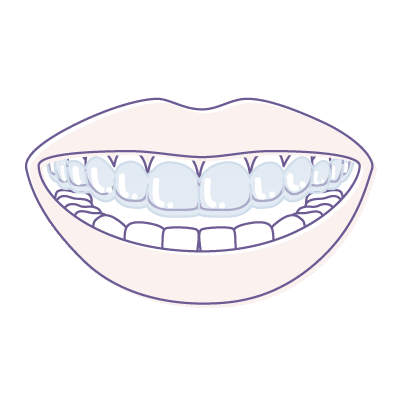
Invisalign aligners
| Rate for 2 arches (top & bottom) | Rate for 1 arch* (if treatment possible) (if treatment possible) | |
|---|---|---|
| Complex cases | 8500.- 355/month over 24 months | 6000.- 250/month over 24 months |
| Average case | 6000.- 250/month over 24 months | 4500.- 188/month over 24 months |
| Simple case | 4500.- 187.5/month over 24 months | 3500.- 146/month over 24 months |
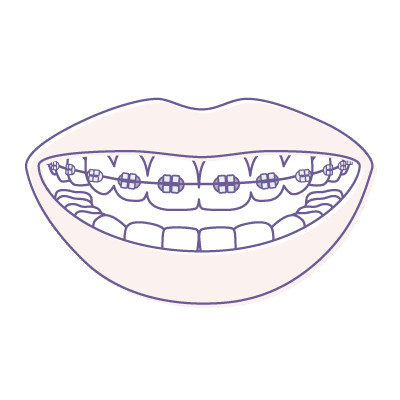
Classic rings
| Rate for 2 arches (top & bottom) | Rate for 1 arch* (if treatment possible) (if treatment possible) | |
|---|---|---|
| Complex cases | 9000.- 375/month over 24 months | 5000.- 209/month over 24 months |
| Average case | 6000.- 250/month over 24 months | 4000.- 167/month over 24 months |
| Simple case | 4500.- 187.5/month over 24 months | 3000.- 125/month over 24 months |
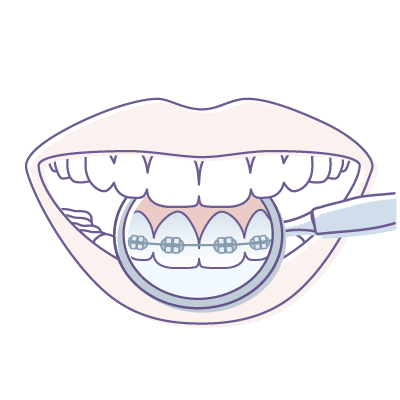
Lingual rings
| Rate for 2 arches (top & bottom) | Rate for 1 arch* (if treatment possible) (if treatment possible) | |
|---|---|---|
| Complex cases | 11000.- 459/month over 24 months | 6000.- 250/month over 24 months |
| Average case | 9000.- 375/month over 24 months | 5000.- 209/month over 24 months |
| Simple case | 7000.- 292/month over 24 months | 4000.- 167/month over 24 months |
| Replace support wire | Flat rate of 750.00 per arcade |
| 1st phase treatment in children | Package of 3500.00 i.e. 146.00/month over 24 months |
This fee covers all of your child’s treatments and sessions, right up to the time of the “rings” in adolescence.
* In certain clinical situations, it is impossible to treat a single arch, in particular to coordinate the upper and lower teeth so that they fit together correctly, or to achieve a stable, functional result over time. The orthodontic specialist will be happy to suggest different solutions to suit your needs and budget.
Fair & transparent prices
We strive to maintain unbeatable value for money: reasonable prices, which have not changed since 2016, for quality of care that has earned us numerous awards:


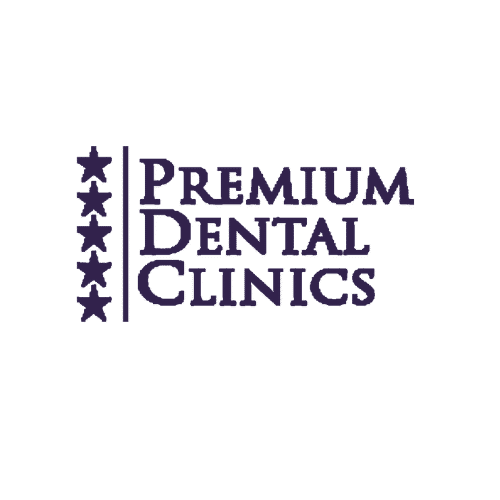
Does CHD, Clinique Hygiène Dentaire, use Invisalign?
At CHD, we want to offer our patients all the latest developments in dental treatment. In fact, we offer treatments using Invisalign aligners to correct the alignment of your teeth, where these are best suited to your needs.
Note that at CHD, all our orthodontic treatments are carried out by professional, certified orthodontists, and that the choice to use Invisalign aligners comes from the fact that they are the world reference in terms of aligners.
EVERYTHING you always wanted to know about dental veneers in one video:
Next appointment
Your next appointment (recall) is scheduled as part of the personalised follow-up offered by CHD. This is based on your lifestyle, the quality of your saliva and other parameters, to ensure that your oral health remains at an optimum level. And you don’t have to worry about it any more, we’ll take care of reminding you: text message, letter, email, it’s your choice!
Our dental clinics
Find out more about Invisalign
How have Invisalign dental aligners changed the face of orthodontics?
Invisalign dental aligners have revolutionised modern orthodontics because they are one of the only alternatives to traditional braces. For an equivalent result, they offer undeniable advantages such as an almost invisible aesthetic appearance and real comfort throughout the treatment. What’s more, Invisalign aligners can be removed during meals, or for special occasions (important meal, photo, interview, etc), bearing in mind that they should still be worn 22 hours a day.
How do Invisalign aligners work?
Invisalign aligners are custom-made using a 3D impression taken at the start of treatment. In practical terms, over the course of several appointments, your orthodontist will change your aligners several times to adapt them to your changing dentition as the treatment progresses. To simplify the concept: the first mouthpiece will be in the shape of your teeth at the start of treatment, and the last will be in the shape of your realigned teeth at the end of treatment.
What are the advantages of Invisalign?
Invisalign aligners have two major advantages:
– Discretion:
The aligners are made of transparent plastic and are therefore virtually invisible to the naked eye;
– Comfort:
Although they must be worn 22 hours a day, Invisalign aligners can still be removed, particularly when eating and brushing your teeth (unlike braces, which remain in place throughout treatment).
When is the use of Invisalign recommended?
Invisalign aligners can be recommended to correct many dental problems including:
– Too much space between the teeth, and “happy teeth”;
– Overcrowding, characterised by a lack of space for the teeth to align correctly;
– An inverted occlusion: when an upper tooth comes to rest behind the lower teeth with the mouth closed;
– A vertical overhang: when the upper teeth come to rest in front of the lower teeth with the mouth closed, etc.
– A “gummy” smile, characterised by a lack of space for the teeth to align correctly. A “gingival” smile, i.e. one that reveals too much gum in relation to tooth height.
Some cases can be slightly more complex with Invisalign aligners and sometimes require a little more time.
Does Invisalign treatment hurt?
Invisalign treatment is generally painless. However, it is quite possible to feel a slight tooth sensitivity a few days after the beginning of the treatment, and this generally means that the movement of the teeth following the installation of the aligners takes place well. However, if the pain persists, consult your orthodontist as soon as possible.
Does Invisalign help treat bruxism?
When you grind your teeth on a regular basis, the consequences for your health can be serious: from the wear and tear on your teeth to the onset of pain and muscle tension. Today, one of the best ways to prevent bruxism is to wear an occlusal plate (also known as a Michigan mouthpiece). The occlusal plate is a non-invasive technique that plays both a protective and rehabilitative role.
In fact, they are much more suitable than Invisalign aligners, which are not recommended for the treatment of bruxism because they are much less resistant than Michigan aligners and are not specifically designed to prevent dental damage caused by bruxism.